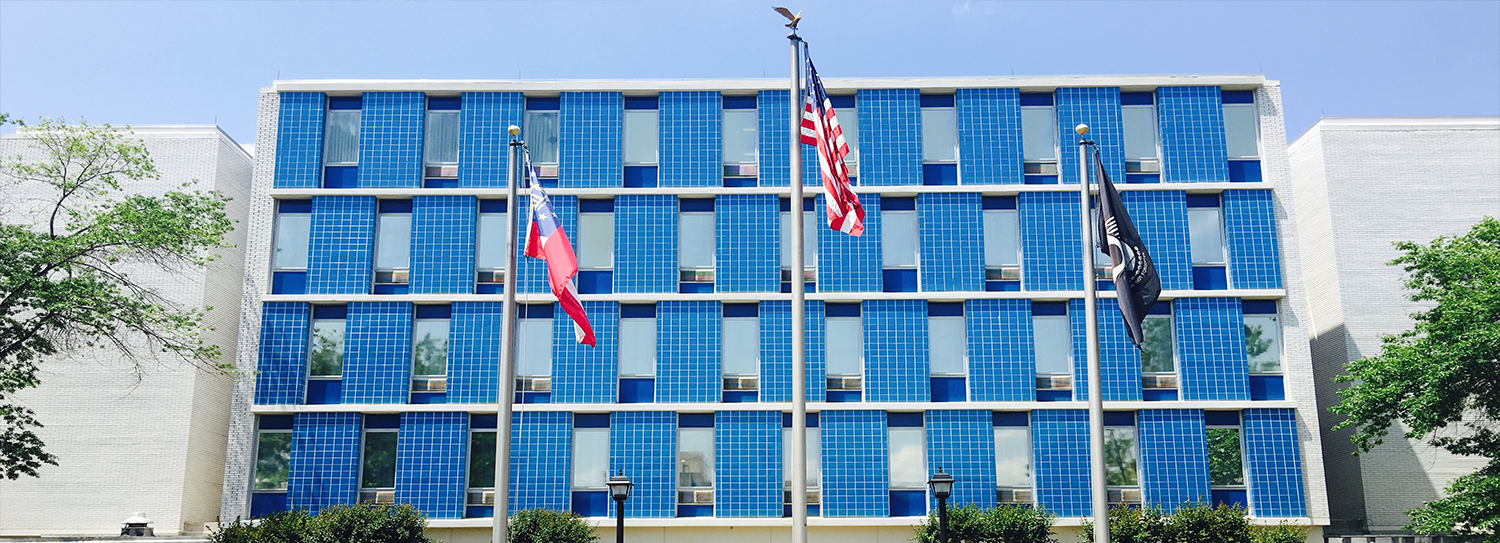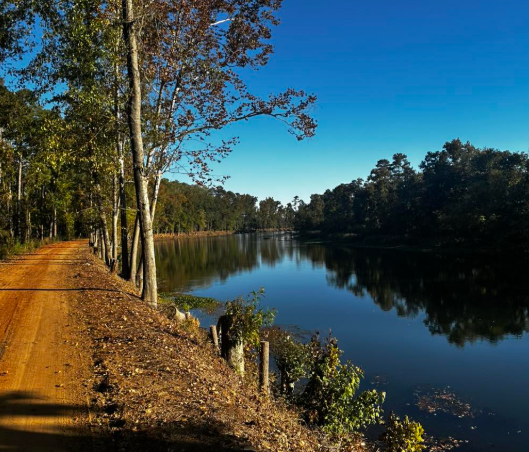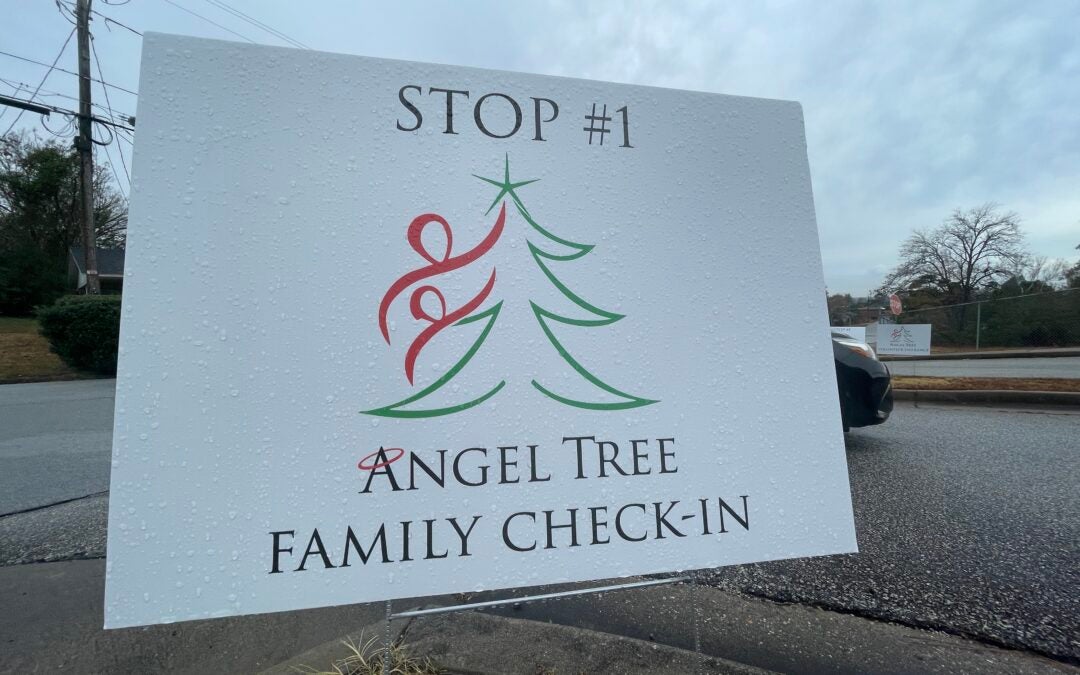Most people from Augusta are familiar with The Georgia War Veterans Home, located in the heart of the medical district, which is nicknamed “The Blue Goose.”
The distinctive blue-tiled facility has been known by its colorful moniker since 1969, but few have known exactly where the nickname came from. There was another famous, or rather infamous, “Blue Goose” prior to the building of the Veterans Home.
The original “Blue Goose” was a nickname given to what was considered a top war prize in the closing days of World War II.
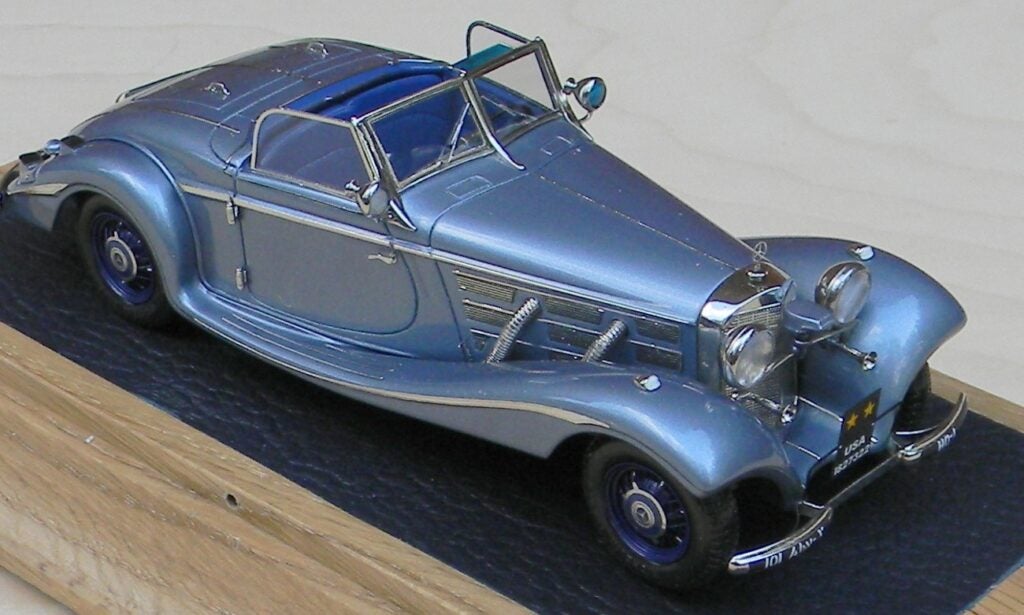
So, could the Georgia War Veterans Home possibly have been given the nickname of a top Nazi’s personal car?
In 1937, Mercedes Benz unveiled the latest version of its roadster at the Berlin Car Show. Nazi Reichsmarschall Hermann Goering, second in command to Adolf Hitler, immediately fell in love with the sleek design and began offering tips to Mercedes on how to make the car even better.
That same year, according to World War II historian Mark Felton, Goering took possession of a custom-built Mercedes 540 K roadster. As head of the Luftwaffe, the German Air Force, Goering had the car painted Aviation Blue.
The car was a gift from Hitler, according to a gold plaque fastened onto the glove box door.
The car came with all the bells and whistles of the time, featured bulletproof glass, and it could even withstand a bomb blast; however, there was a problem when the car was delivered. Goering had developed a serious morphine habit and had grown to be morbidly obese.
Goering could not fit in the car.
The 540 K had to be sent back to Mercedes, Felton says, and the company redesigned the seats, removing some of the cushioning, to allow the corpulent Reich Marshall to fit behind the wheel.
Most of Goering’s time was not spent successfully waging an air war against Britain but amassing stolen artwork and other riches. Out of all of his possessions, the Mercedes 540 K was among his favorites and plenty of photographs exist of him standing next to the vehicle.
As the war began to wind down, soldiers from the 101st Airborne, Army 3rd Infantry Division and French 2nd Army Division all talked about finding the Blue Goose as a war prize even though they knew the rules meant any such war spoils could never be seized by a rank and file soldier.
According to Felton, once arriving in the Nazi playground of Berchtesgaden near the Austrian border, the soldiers found that the massive compound where Hitler, Goering, Secretary Martin Bormann and other leading Nazis had private mansions, had been bombed by the British extensively just days before.
So, instead of searching for the Blue Goose in bomb-flattened garages, the soldiers, according to the Museum of WWII in New Orleans, proceeded to raid the wine cellars and liquor cabinets of Hitler’s Berghof home and those of the other Nazi leaders.
The soldiers, most of whom had survived the carnage of the Battle of the Bulge, got rip-roaring drunk, drinking down a million dollars’ worth of alcohol over a weekend.
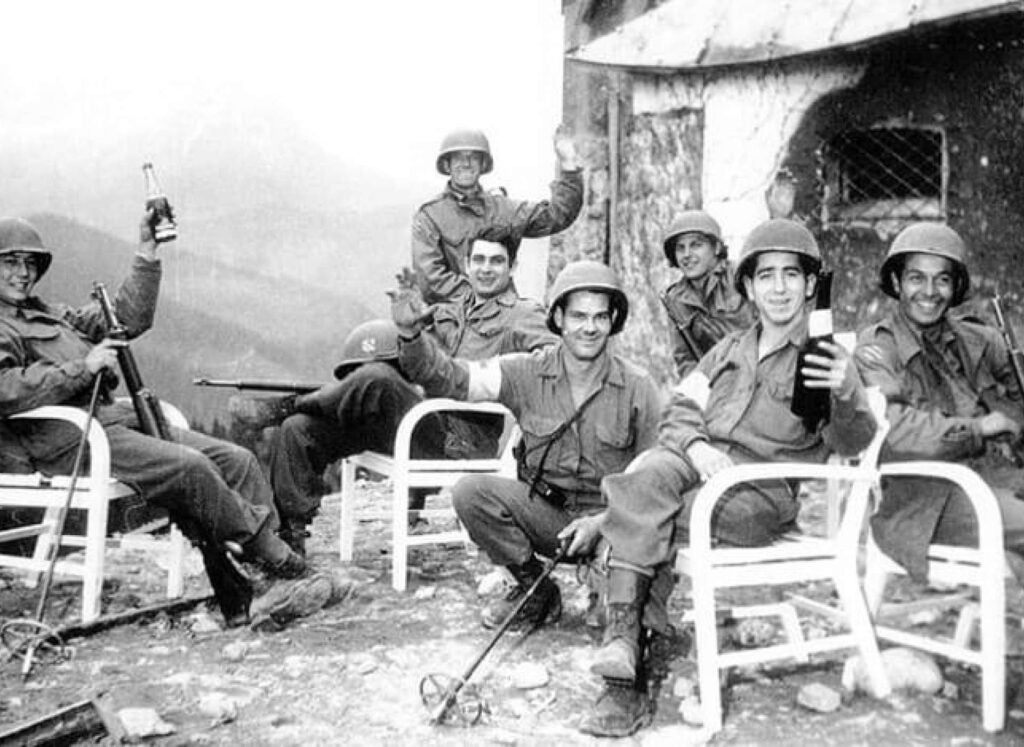
On one of the alcohol-fueled excursions, soldiers haphazardly came across a building that had not been totally demolished and discovered a garage inside where sat the fabled Blue Goose.
One of the soldiers shot at the car’s windshield, drunkenly thinking that doing so might disable an unseen booby-trap.
The car ended up as a general’s staff car before being shipped to the United States and used as a prop to sell war bonds. It was later sold as surplus and remains in private hands to this day.
While it would be the height of irony if the Georgia War Veterans Home was nicknamed after the resident’s one-time war adversary’s automobile, that is not the case, according to Dr. Jerry W. Howington, the man who coined the term.
In 1969, Howington was a resident neurologist at MCG in a building adjacent to the Veterans Home as it was being built. According to Howington, the building he and his staff occupied was called the “Yellow Elephant,” because of its ungainly appearance.
“We were in that ugly yellow building and I looked across the street and saw the new building going up with those blue bricks and I just said, ‘It’s a blue goose,’ I wasn’t thinking about a bird, and I certainly didn’t know about the Nazi car. The name seemed to fit,” Howington said.
Howington says that his remark to colleagues was just an off-hand comment and he never thought it would stick as a nickname.
“The military took me out of Augusta for three years, and when I came back, everyone was calling it the Blue Goose, it just kinda stuck, I suppose,” Howington said.
…And that is something you may not have known.
Scott Hudson is the Senior Investigative Reporter and Editorial Page Editor for The Augusta Press. Reach him at scott@theaugustapress.com

